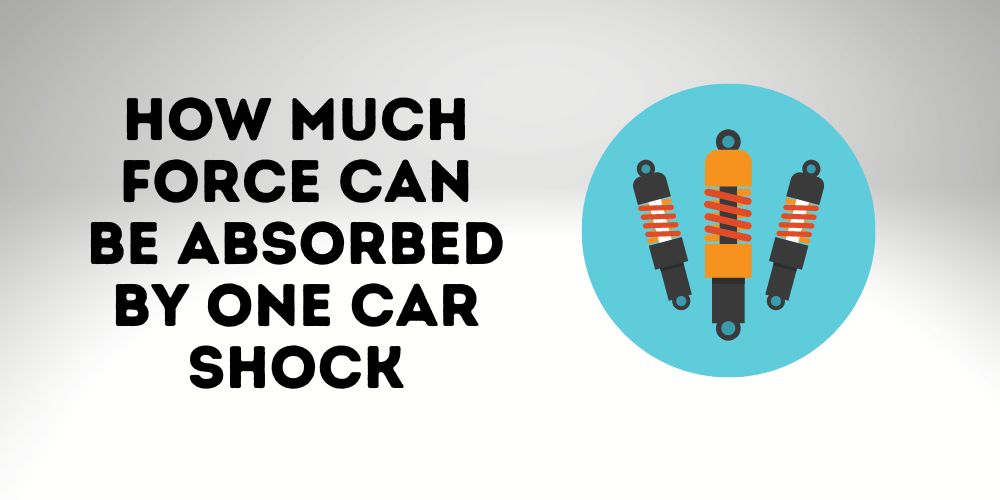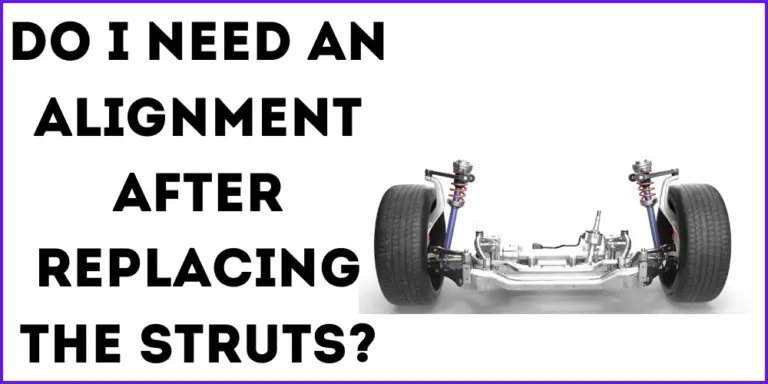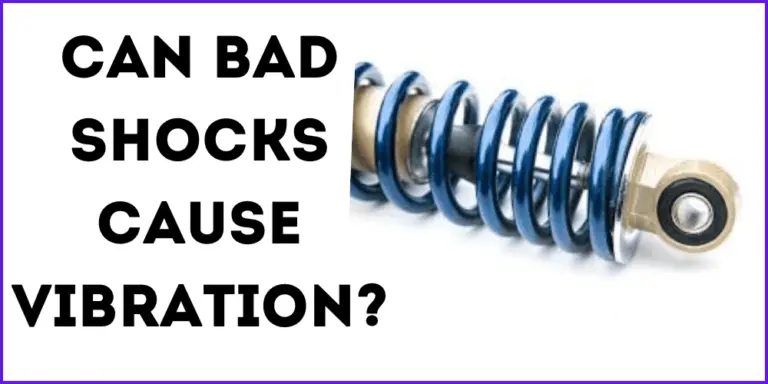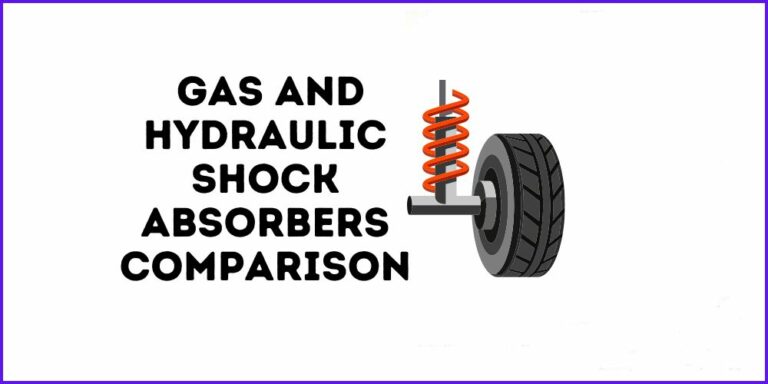A car shock, also known as a shock absorber, is a suspension component that is designed to dampen the movement of a vehicle’s springs. It does this by converting kinetic energy (the energy of motion) into thermal energy (heat) through a process known as hysteresis. This helps to smooth out the ride of the vehicle and improve its stability and handling.
The question of how much force a car shock can absorb is an important one, as it determines the shock’s ability to effectively control the movement of the vehicle’s springs and absorb bumps and other impacts from the road.
Factors such as the size and material of the shock, the weight and type of the vehicle, and the type of terrain can all affect a shock’s force absorption capabilities. In this blog post, we will explore these factors in more detail and discuss how the force absorption of a car shock can be measured and compared.
How Much Force Can Be Absorbed By One Car Shock?
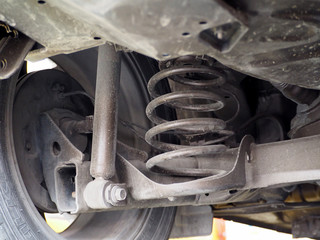
It is difficult to determine a specific amount of force that a car shock can absorb, as it will depend on various factors such as the size and material of the shock, the weight and type of the vehicle, and the type of terrain it is driven on.
Generally, larger and stronger shock absorbers may be able to absorb more force than smaller or weaker ones. The weight and size of the vehicle can also impact a shock’s performance, with heavy vehicles such as trucks and SUVs requiring more robust shock absorbers to handle the additional weight, while smaller and lighter vehicles may be able to use less sturdy shocks.
The type of terrain that a vehicle is driven on can also affect a shock’s ability to absorb force. On smooth, flat roads, shocks may not need to work as hard to dampen the movement of the springs, while rough, uneven terrain may require more effort from the shocks to keep the vehicle stable.
To determine the specific force absorption capabilities of a car shock, it is best to consult the manufacturer’s specifications or to conduct testing using specialized equipment such as a shock dyno machine.
Testing methods for determining the force absorption of a car shock:
There are several testing methods that can be used to determine the force absorption capabilities of a car shock. One common method is to use a shock dyno machine, which is specifically designed to test the performance of shock absorbers.
To use a shock dyno machine, the shock absorber is mounted on the machine and a load is applied to simulate the forces that the shock would experience while the vehicle is in motion. The shock is then cycled through a range of conditions, such as different speeds and damping settings, to assess its performance.
During the test, the machine measures several variables, including the damping force (the resistance of the shock to movement), velocity (the speed at which the shock is moving), and displacement (the amount of movement of the shock). These variables can help to identify the force absorption capabilities of the shock and how it performs under different conditions.
Other testing methods for determining the force absorption of a car shock may involve the use of hydraulic actuators, which apply a controlled force to the shock to simulate different road conditions or other specialized testing equipment. The specific procedure for conducting these tests will depend on the type of equipment and the variables being measured.
Measuring the force of a shock absorber:
Measuring the force of a shock absorber involves performing a test on a motor vehicle to determine the damping force of the shock absorber in its suspension system. The following steps can be used to measure the damping force of a shock absorber:
- Vibrate the body of the motor vehicle in a vertical direction.
- Detect the vibrating acceleration of the body and the load transmitted to the wheel of the vehicle.
- Integrate the vibrating acceleration to calculate the speed of the body’s vibration.
- Integrate the speed to obtain the displacement of the body.
- Calculate the reaction force of the spring by multiplying the displacement by the spring constant of the spring.
- Calculate the damping force by subtracting the spring reaction force from the transmitted load.
This method allows for the individual measurement of the damping force of a shock absorber, which can be used to assess the performance of the shock absorber and determine if it is suitable for the specific suspension system and vehicle.
What Are the Factors that Affect a Car Shock’s Ability to Absorb Force?
There are several factors that can affect a car shock’s ability to absorb force. These include:
- Size and material of the shock absorber: Larger shock absorbers and those made of materials with higher tensile strength (e.g. steel) may be able to absorb more force than smaller or weaker ones.
- Type of vehicle: The weight and size of the vehicle can also impact a shock’s performance. For example, heavy vehicles such as trucks and SUVs may require more robust shock absorbers to handle the additional weight, while smaller and lighter vehicles may be able to use less sturdy shocks.
- Type of terrain: The type of terrain that a vehicle is driven on can also affect a shock’s ability to absorb force. On smooth, flat roads, shocks may not need to work as hard to dampen the movement of the springs, while rough, uneven terrain may require more effort from the shocks to keep the vehicle stable.
It’s important to consider these factors when selecting the appropriate shock absorbers for a vehicle, as the right shock absorber can help to improve the ride quality and handling of the vehicle, while the wrong shock absorber may lead to a harsh, uncomfortable ride or poor handling.
FAQs
How Much Force Can a Shock Absorber Hold?
It is difficult to determine a specific amount of force that a shock absorber can hold, as it will depend on various factors such as the size and material of the shock, the weight and type of the vehicle it is installed on, and the type of terrain it is driven on. Generally, larger and stronger shock absorbers may be able to absorb more force than smaller or weaker ones.
What Is Shock Absorption Power?
Shock absorption power refers to a shock absorber’s ability to absorb and dampen the movement of a vehicle’s springs, which helps to smooth out the ride and improve the stability and handling of the vehicle. The shock absorption power of a shock absorber can be influenced by factors such as its size and material, the weight and type of the vehicle, and the type of terrain it is driven on.
What Is the Average Life of A Shock Absorber?
The average lifespan of a shock absorber can vary greatly depending on the type of shock, the type of vehicle it is installed on, and the conditions it is subjected to. Some factors that can affect the lifespan of a shock absorber include:
- Driving habits: Aggressive driving or driving on rough terrain can put additional strain on the shock absorbers and may cause them to wear out more quickly.
- Maintenance: Properly maintaining and lubricating the shock absorbers can help to extend their lifespan.
- Quality: Higher-quality shock absorbers may have a longer lifespan than lower-quality ones.
As a general rule, it is recommended to replace shock absorbers every 35,000 to 110,000 miles or every 5-7 years, whichever comes first. However, it is always a good idea to consult the manufacturer’s recommendations and to inspect the shock absorbers regularly for signs of wear and tear.

